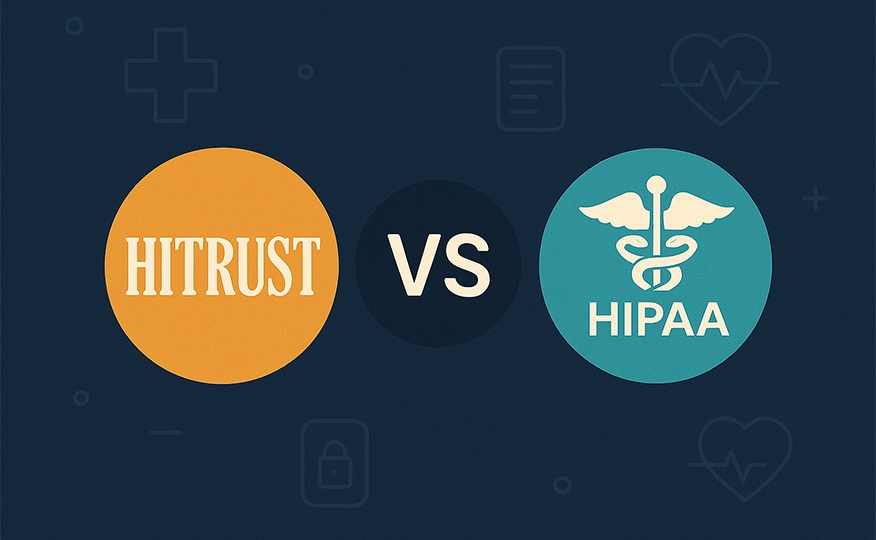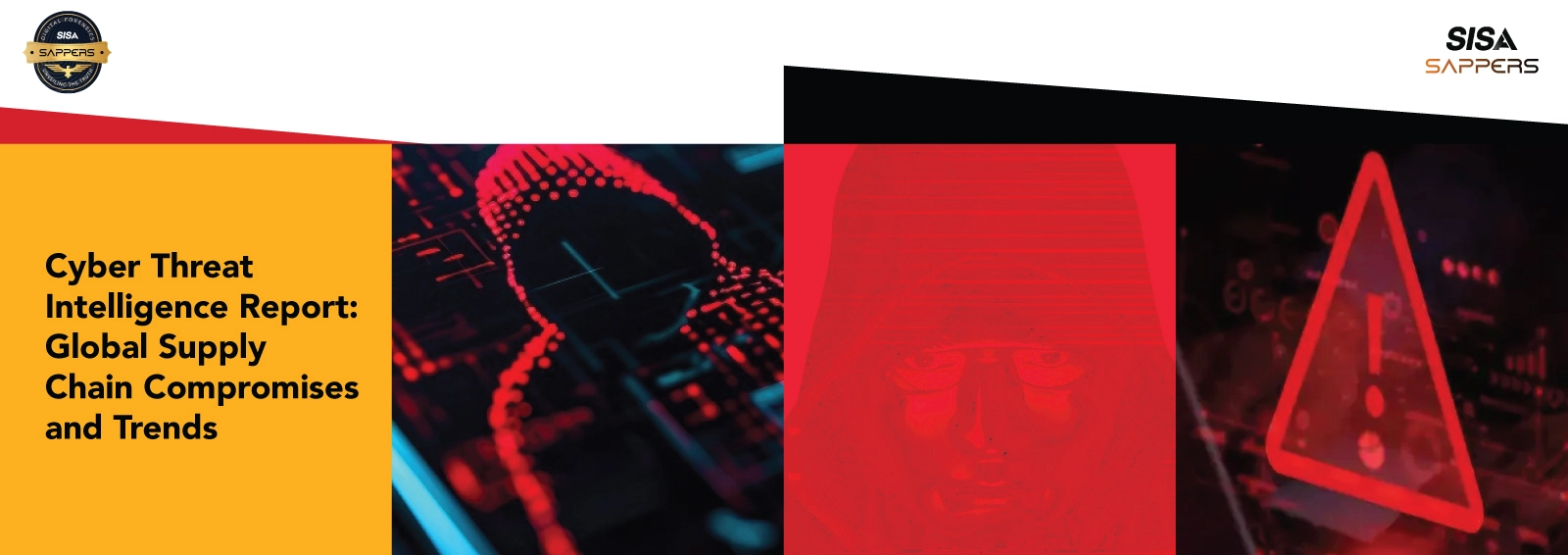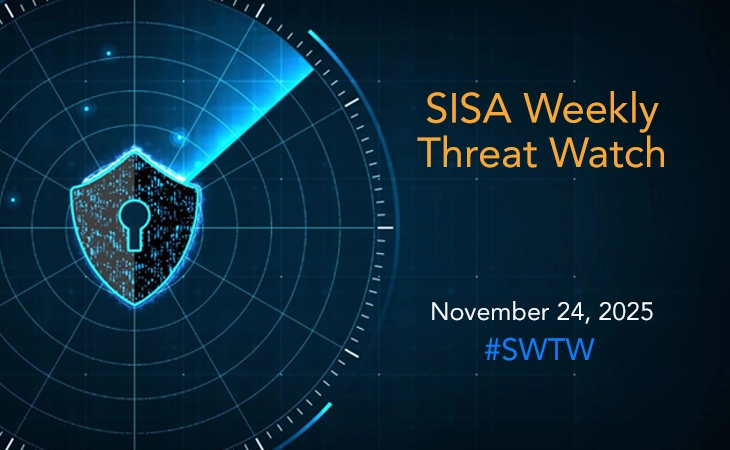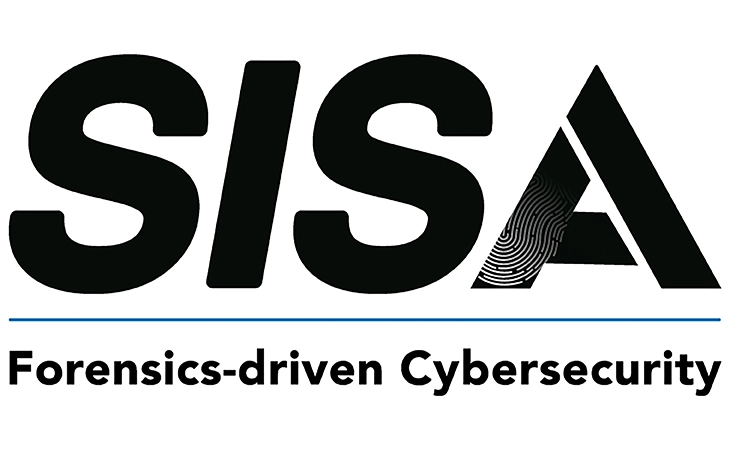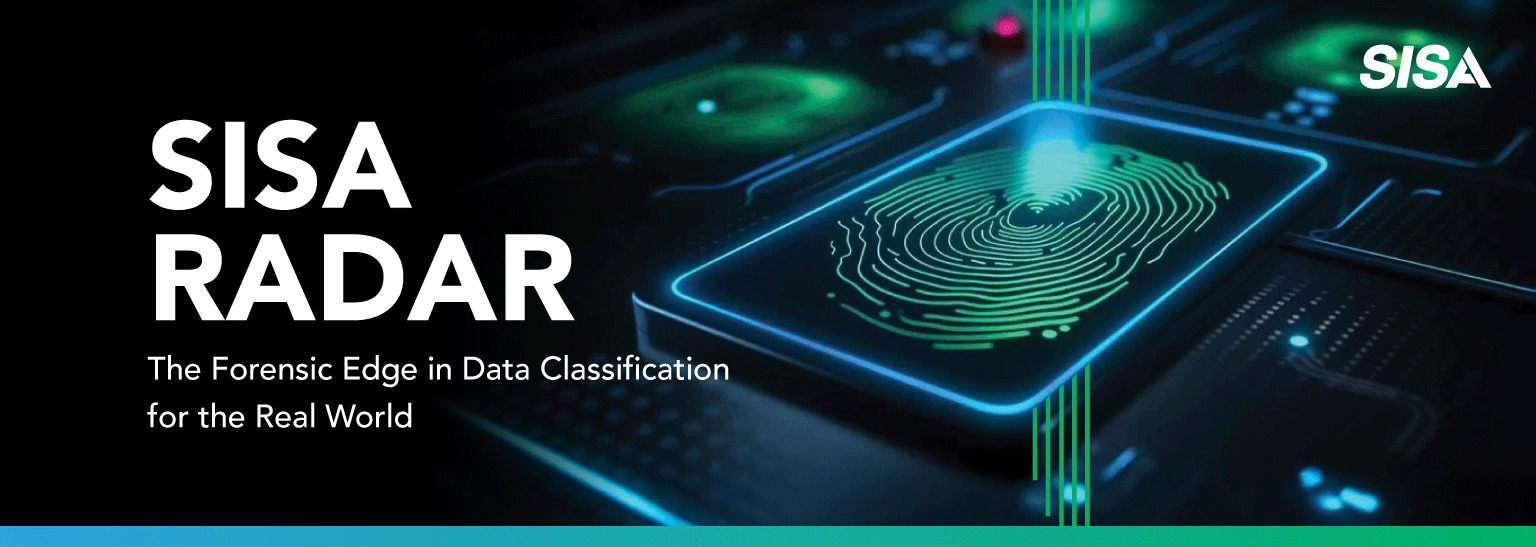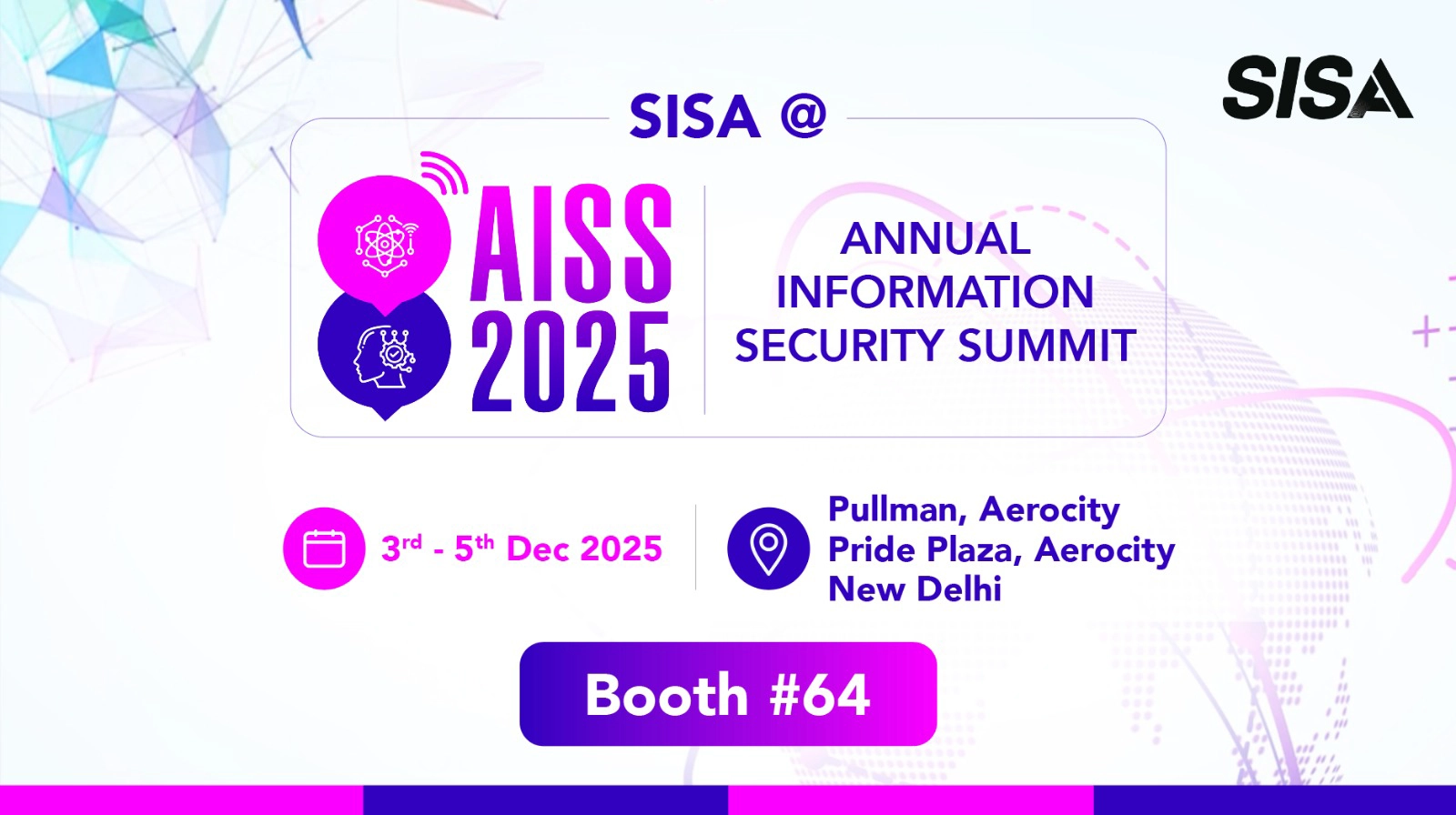
VAPT in 2025: Beyond the Basics
Invisible Threats, Real Business Risk
In 2025, cyber threats aren’t just increasing-they’re getting smarter, faster, and harder to spot. The average data breach cost hit $4.88 million in 2024, and those numbers aren’t going down. From AI-powered attackers to vulnerabilities in third-party software, organizations face risk from all directions.
Take the MOVEit breach in 2023, for instance. A single third-party vulnerability led to over 60 million exposed records globally. These incidents aren’t just technical failures-they’re business disruptions, compliance nightmares, and reputation killers.
That’s where Vulnerability Assessment and Penetration Testing (VAPT) steps in. In this guide, we break down what VAPT really is, why it matters more than ever, and how organizations can get it right in 2025.
Redefining the Basics: What is VAPT?
VAPT = VA + PT
VAPT stands for Vulnerability Assessment and Penetration Testing. Two different techniques with one common goal: identify, understand, and fix security weaknesses.
- Vulnerability Assessment (VA) highlights known security flaws using automated scans.
- Penetration Testing (PT) goes deeper, simulating real-world attacks to test how those vulnerabilities can be exploited.
Together, they provide both visibility and insight-finding the flaws and understanding the potential damage.
Why the Combo Matters
Running just a Vulnerability Assessment (VA) might show outdated software. But will it actually lead to a breach? That’s where Penetration Testing (PT) comes in.
Think of VA as a map. PT is the walkthrough.
The Case for VAPT in 2025
Threats Are Smarter, Budgets Are Tighter
Cybercriminals don’t need to break in-they wait for someone to leave a digital window open. Third-party software, weak APIs, unpatched systems-they’re all on the menu.
The Cost of Inaction
- Data breaches
- Regulatory fines (PCI DSS, GDPR, DPDPA, you name it)
- Loss of customer trust
- Operational disruption
What You Gain with VAPT
- Early warning on exploitable flaws
- Audit-ready reports for compliance
- Clear remediation roadmaps
- Better ROI from security investments
What Smart Testing Looks Like in 2025
It’s Not Just “Run a Scanner”
Legacy testing meant running a scanner and exporting a PDF. That doesn’t fly anymore. VAPT today needs to:
- Go beyond CVEs and find misconfigurations, weak logic, broken access controls
- Simulate chained attacks like real threat actors
- Prioritize findings based on actual risk, not just CVSS scores
The VAPT Stack: Types of Testing
- Network VAPT: Check firewalls, open ports, configurations
- Web App VAPT: Test for SQLi, XSS, broken auth, APIs
- Mobile App VAPT: Focus on data leakage, insecure APIs, platform-specific risks
- Cloud VAPT: Look at storage misconfigs, IAM gaps, exposed interfaces
- IoT VAPT: Dive into firmware flaws, weak creds, remote access vectors
Step-by-Step: How VAPT Is Done Right
- Plan the Scope – What systems, what goals, what compliance needs?
- Reconnaissance – Map the surface. Know what’s exposed.
- Vulnerability Assessment – Scan and prioritize.
- Penetration Testing – Exploit safely. Test depth, not just surface.
- Report & Risk Analysis – Tie findings to real business impact.
- Fix & Retest – Patch. Validate. Improve.
What Makes a Solid VAPT Report?
- Clear executive summary
- Real-world impact scenarios
- Screenshots, logs, and evidence
- Risk severity with business mapping
- Fixes ranked by urgency
VAPT Standards and Mandates
To keep security testing consistent and compliant, VAPT aligns with several industry-recognized frameworks. These standards provide structured guidance on how to assess vulnerabilities and simulate real-world attacks effectively.
- OWASP Testing Guide – A well-known resource for web application testing that details common vulnerabilities and how to test for them.
- PTES – Outlines the full penetration testing process, ensuring thorough and methodical execution.
- NIST – Offers risk-based, regulation-friendly guidelines like SP 800-115, useful for both private and public sector organizations.
Key mandates to follow:
- PCI DSS – Requires quarterly and post-change VAPT for cardholder data environments.
- ISO 27001 – Promotes regular VAPT as part of a broader information security management system focused on continual improvement.
What’s New: VAPT Trends for 2025
- AI-Powered Exploits: Simulated attacks that adapt in real time
- Automated PT: Faster cycles, broader coverage
- Cloud-Native Testing: Tools built for hybrid environments
Let’s Talk Outcomes
Organizations that get VAPT right see:
- Fewer successful attacks
- Faster incident response
- Stronger compliance standing
- More efficient security budgets
Start Your VAPT Journey with the Right Partner
At SISA, we’ve helped multiple organizations across BFSI, fintech, healthcare, and payments strengthen their cyber resilience through forensic-driven VAPT engagements.
Ready to go beyond scanning? Let’s talk about your security goals.
Latest
Blogs
Whitepapers
Monthly Threat Brief
Customer Success Stories
 USA
USA India
India APAC
APAC Middle East
Middle East Global
Global






 Facebook
Facebook Linkedin
Linkedin  X
X Youtube
Youtube
